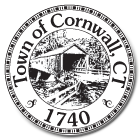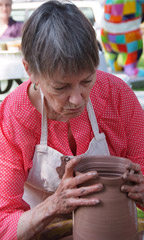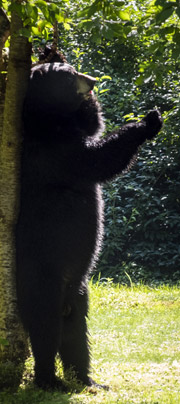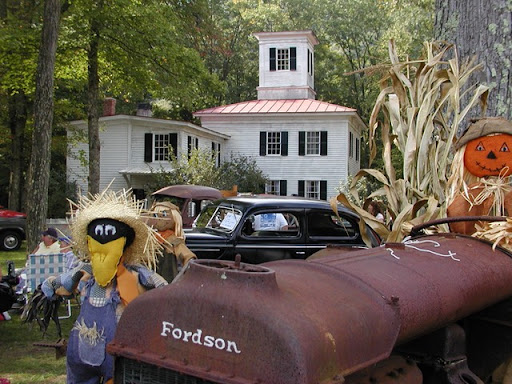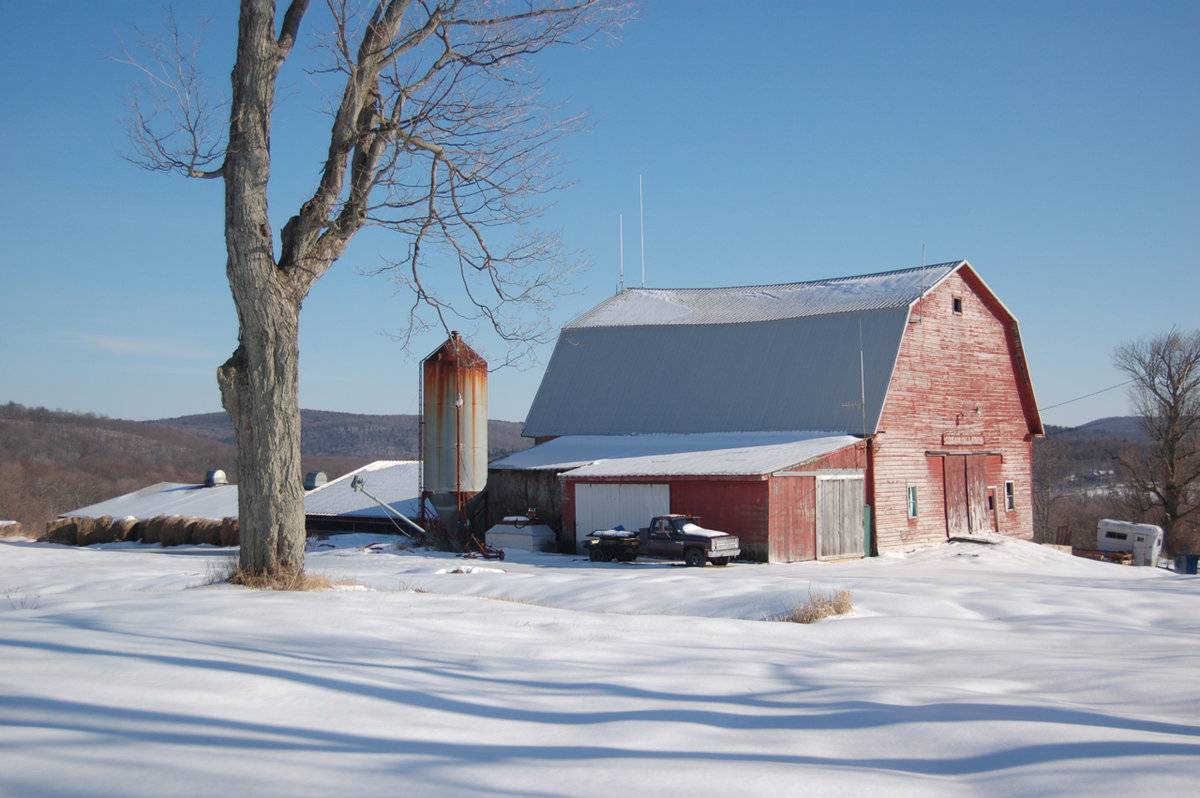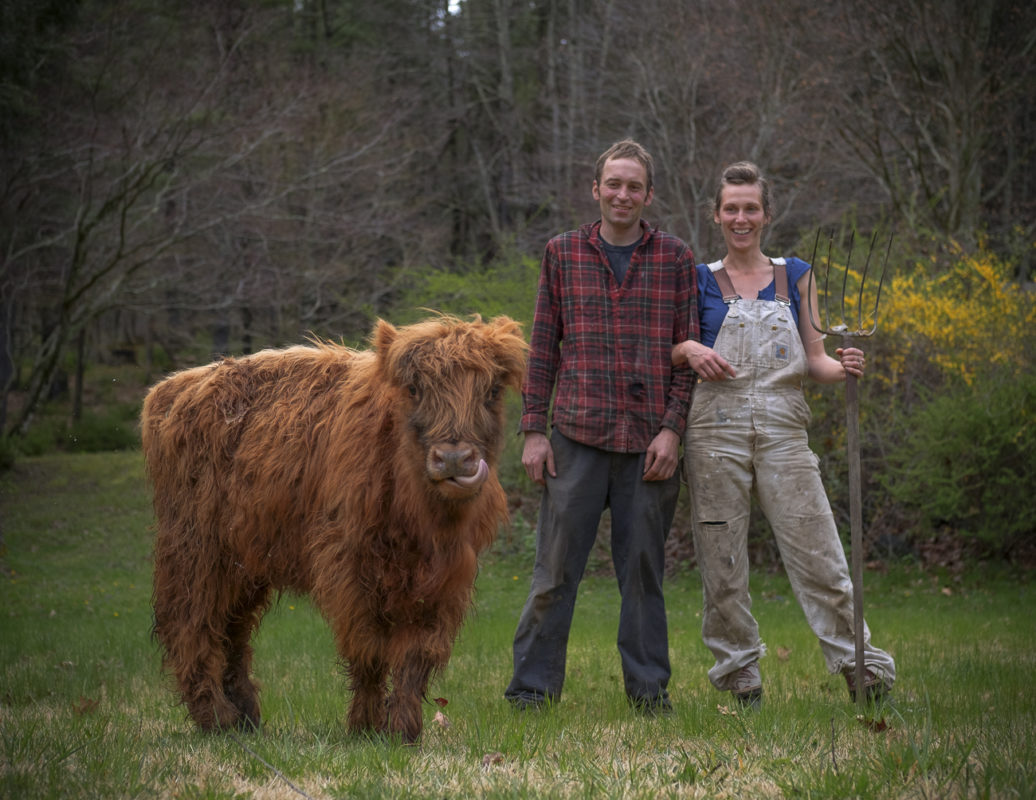Colonial Era
In the 1600s, the early settlers regarded Connecticut as forest and wilderness. By the early 1800s, most of the land had been converted to farmland. Crops included corn, wheat, oats, beans, and flax. Farms also produced fruit, dairy products and livestock. The open hill land was used for pasture and grazing. Apples were grown for cider, and barley was harvested to make beer. Early farmers tried to find rich soil in the floodplain areas, which was difficult in such a hilly region. Some farms were also located on hilltops where the lack of shade increased the growing season.


